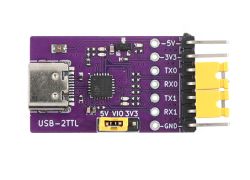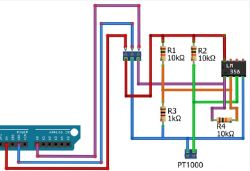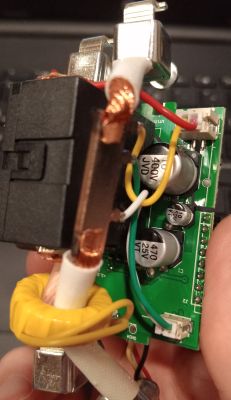Hey, I would like to use the simple input dependency logic of the ESP8266 to control two SONOFF MINI R3 modules via WIFI.
I have already bought the hardware, because unfortunately it turned out that in the sonoffs sit BL602L20 and not ESP as I expected.
I am completely green with both smarto home and arduino.
I mean, for clarity, I have the ESP8266 in one location and it has to switch on the relay in the sonoffs depending on the signal given to the ESP input. And the MINI R3 is only supposed to receive a command over WiFi to switch the relay on or off. Can someone please explain this to me in a spatial way, what I need to do to make it work. I have already extracted the programming signals from the MINI R3, but I don't even know what to upload there since the BL602 is sitting there ;(
I have already bought the hardware, because unfortunately it turned out that in the sonoffs sit BL602L20 and not ESP as I expected.
I am completely green with both smarto home and arduino.
I mean, for clarity, I have the ESP8266 in one location and it has to switch on the relay in the sonoffs depending on the signal given to the ESP input. And the MINI R3 is only supposed to receive a command over WiFi to switch the relay on or off. Can someone please explain this to me in a spatial way, what I need to do to make it work. I have already extracted the programming signals from the MINI R3, but I don't even know what to upload there since the BL602 is sitting there ;(





